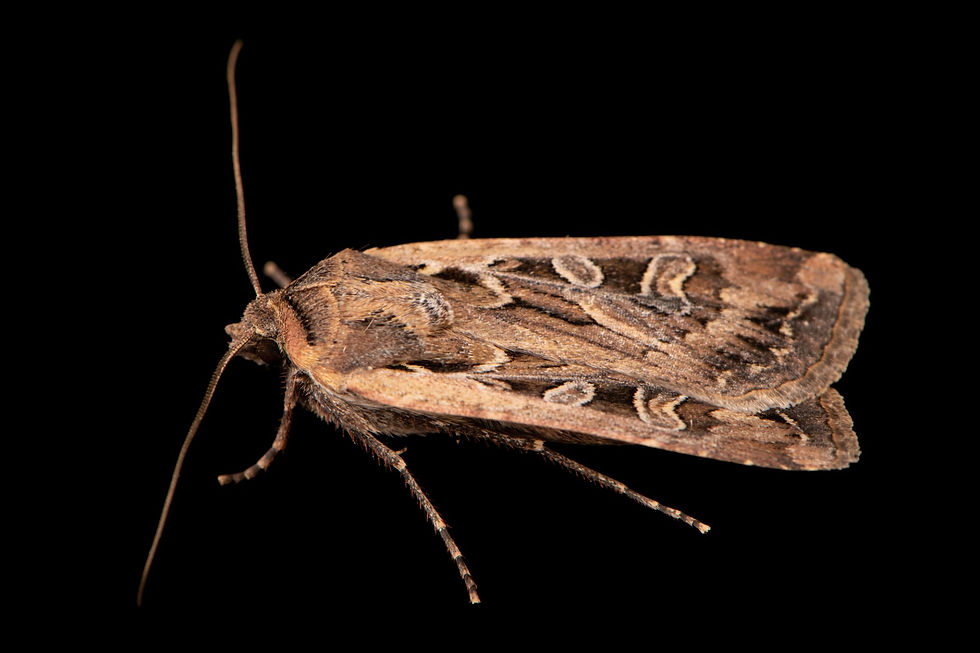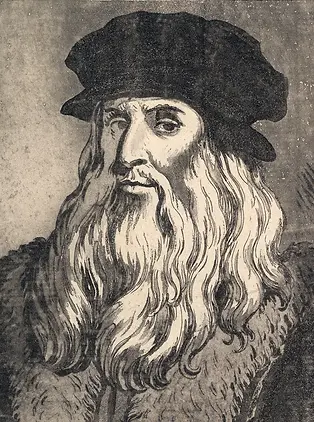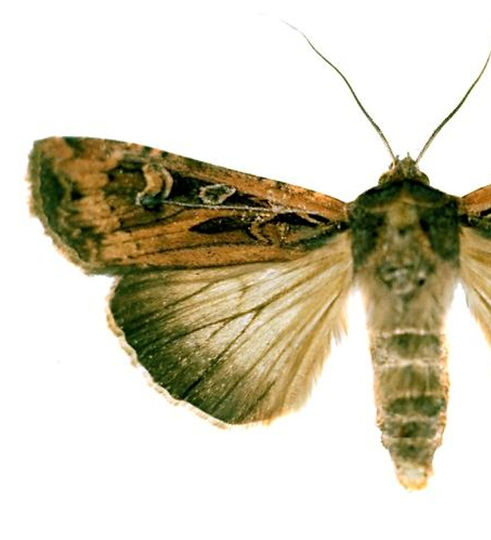
Biomimicry in Ornithopters
About Biomimicry
Biomimicry is the practice of developing materials, tools, buildings and more by modeling it after biological systems. It has been used to produce and improve a variety of different technologies that is used in daily life, some examples being the Velcro inspired after the burrs, the Japanese bullet train inspired after the kingfisher bird, and even the Eiffel Tower which was inspired by the human femur!
Naturally, biomimicry has also been used to develop aircraft. The very first ornithopter, designed by Leonardo Da Vinci in the 15th century was made to mimic the flight of animals; his notes consisted of studies about bats, birds, and kites in order to replicate the mystery of winged flight.
While Da Vinci never lived to actually construct the vehicle, the idea of replicate the flight pattern of winged creatures persisted into our modern technologies. Currently, winged animals are continuously being studied for the purpose of creating more efficient and powerful aircraft.
However, even though the process of biomimicry is nothing new in the realm of aviation, many models have yet to obtain the capabilities of biological flight. Due to the mechanical features of the system, few drones and ornithopters have come close to reaching the efficiency of their animal counterpart.

Here are some examples of biomimicry in aircraft:
The Gap
The possibilities of creatures to replicate are endless. The monarch butterfly, for example has been used as a basis to create a butterfly-inspired micro air vehicle (MAV) due to it being the only butterfly to migrate. Biologists have studied the unique flight of the monarch, specifically its strengths in soaring or the action of gliding without having to flap the wings. This has made remarkable progress in the developed of MAVs and flapping wing machines (FWMs).
Following this same reasoning, I plan to follow the same procedure using the army cutworm moth, also known as the miller moth. The miller moth is one of few moths who are known to migrate. Despite possibly possessing the same beneficial qualities as the monarch butterfly, there has been little research done on its flight capabilities, let only any application to any MAVs or FWMs. Diving into this gap in the research may open doors to new models of drones that can expand design possibilities and drone capabilities.



